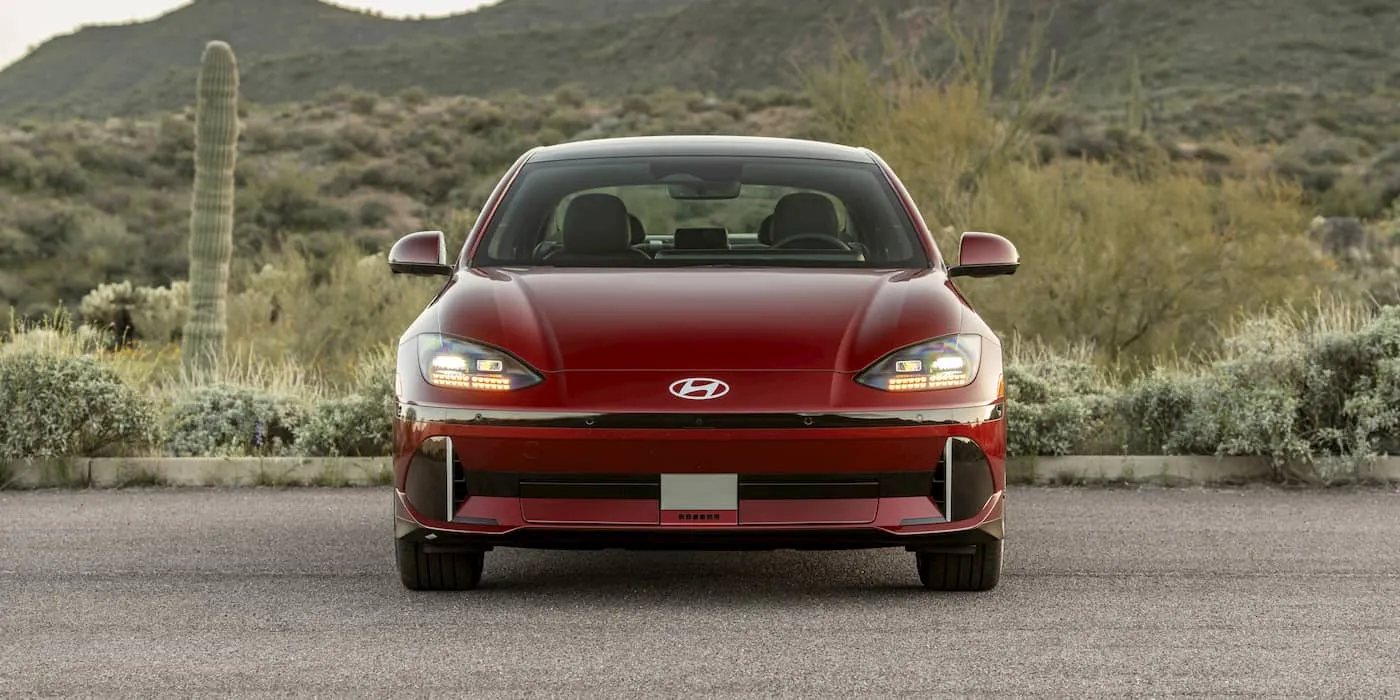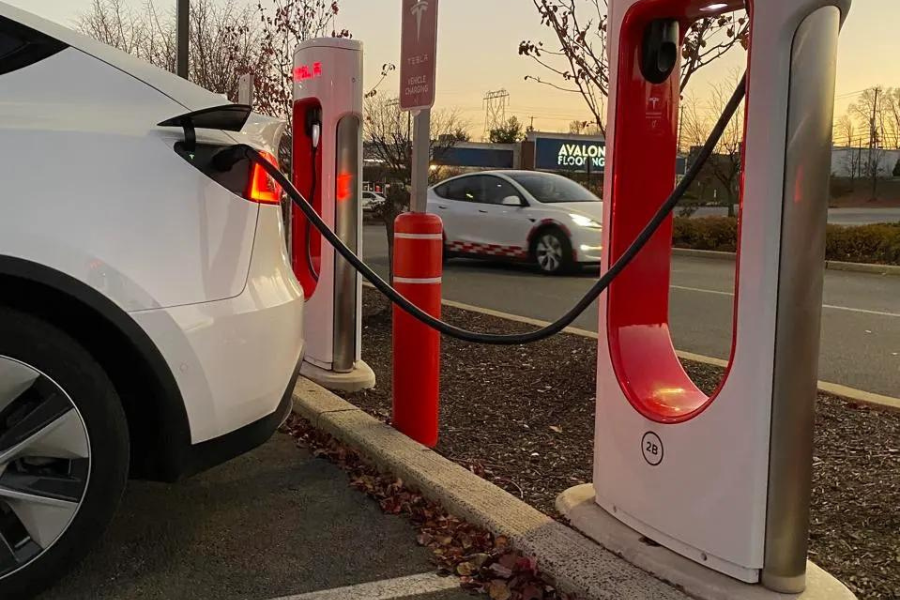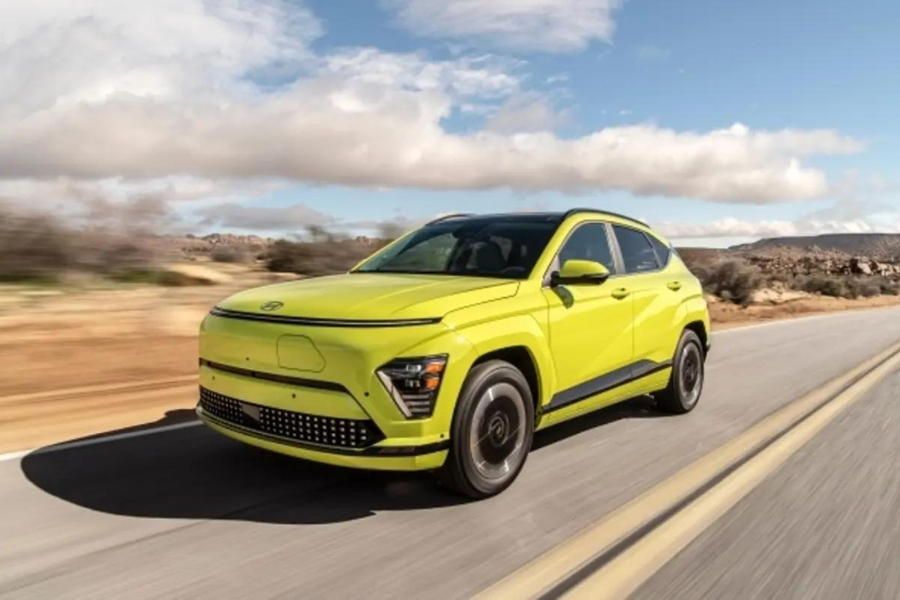Adult electric scooters have risen in popularity in recent years, especially during the onset of the pandemic, as they proved their practicality. Its increasing demand paved the way for more e-scooter brands to emerge, such as EleKtro, and for legislators to take micro mobility transportation more seriously.
The Grand View Research estimated the global e-scooter market to be USD 33.18 billion in 2022 and projected to grow at a CAGR of 9.9% from 2023 to 2030. With a steadily increasing market, how will the future of electric scooters look? This article explores the possibilities and changes e-scooter companies and riders might see in the coming years.
Advancement in Battery Technologies for Electric Scooters
Among all the e-scooter components, one of the most critical parts is the electric scooter battery, which determines the e-scooters’ charging time, range, and overall performance. As e-scooter technology develops, riders can expect more efficient and long-lasting batteries on their e-scooters.
Besides this, swappable batteries may become commonplace for shared e-scooter schemes. Reuters reports that removable batteries make it easy for e-scooter rental companies to swap batteries on the go and keep the units more available to commuters.
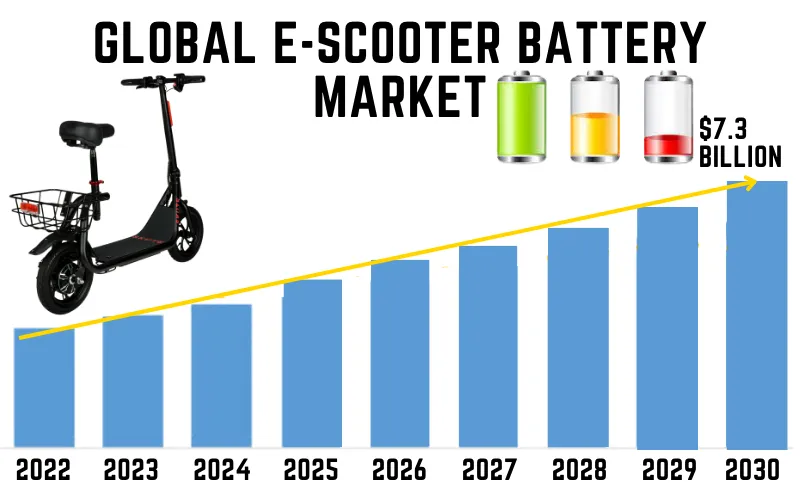
However, the industry faces a bottleneck as companies hesitate to standardize batteries. Tier’s Vice President of Market Development, Tinia Muehlfenzl, told Reuters that their e-scooter company supports battery standardization. However, giving up their battery technology will be challenging and require time to agree on.
Meanwhile, some private e-scooter models have already adapted this technology, with some models from Turboant and Dualtron sporting removable battery designs.
Besides this, riders and companies might see more sustainable e-scooter batteries in the future. Gouach, a French battery company, developed a solderless battery pack. They claims to make repairs easier and reduce the number of batteries removed and discarded when damaged.
The battery no longer has wires, and riders can remove the battery management system in 30 seconds, making them easier to replace. E-scooter rental company Dott hopes to incorporate this battery technology into its fleet to lower carbon emissions.
Allied Market Research projects the global e-scooter battery market to reach $7.3 billion by 2030. So it’s possible to see more developments in its technology in the future.
Smart Features and Connectivity in Next-Generation Electric Scooters
More private and shared electric scooters are integrating smart features like AI and wireless connectivity into their e-scooter models. Specifically, more try to connect their e-scooters to the brand’s app to give riders a seamless and connected experience.
Besides this, most shared e-scooters feature a GPS tracker, allowing rental companies to monitor their e-scooters location in real time. Future developments in the technology may show a more accurate positioning.
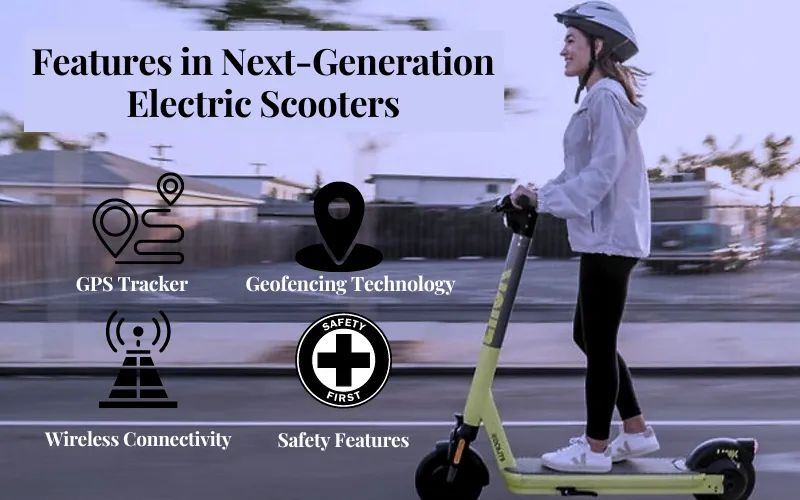
In addition, many e-scooter rentals include geofencing technology to keep commuters away from restricted areas. More companies and legislators may focus on geofencing, as it’s a vital part of removing city congestion and pollution. Plus, it can help e-scooters further complement public transportation.
Aside from these, riders may find more e-scooters featuring wireless connectivity. It’s a technology many shared and private e-scooters offer, but it’s bound to develop further to help riders access units easier on their smartphones.
Regarding safety, the market will continue developing safety features to protect riders on the road. For example, Neuron introduced the world’s first app-controlled Helmet Lock, which locks every e-scooter and unlocks via an app. Some Neuron e-scooters also include a voice guidance feature, educating riders on how to travel and park safely.
Role of Shared Electric Scooters in Urban Transportation
More cities now allow private electric scooters for adults on public roads or sidewalks. However, shared e-scooters will likely continue as part of urban transportation in cities. Previous research states that e-scooters provide three main functions to the transportation system.
- First, it provides a mode of travel underserved by other transportation.
- Second, it replaces public transport trips if the cost is relatively high. Lastly, they serve as a first and last-mile mode of travel.
This research also found that e-scooters both compete with and complement public transportation. The study stated that e-scooters are faster than public transportation and that 20% of e-scooter trips are combined with other modes of travel.
As the role of e-scooters becomes clearer for cities, it may be easier for legislators to incorporate them into the transportation system.
Environmental Impacts and Sustainability of Electric Scooters
In recent years, e-scooters have had good and bad environmental effects. While it helps reduce carbon emissions in cities, it still emits significant carbon dioxide throughout its lifecycle.
However, calls for a more sustainable e-scooter lifecycle will push manufacturers to prioritise eco-friendly materials and production methods. Some of the solutions that some companies are already enforcing include using recycled materials, renewable energy sources, and biodegradable plastics.
Besides this, many companies also opt for swappable batteries to minimize emissions from recharging shared e-scooters. To illustrate the positive effects of battery swapping on the environment, Gogoro Inc. released its Impact Report in February 2023.
According to the report, Gogoro’s battery-swapping ecosystem revealed that it had offset 287 million liters of gasoline and avoided around 603 million kg of carbon dioxide emissions. Unlike vehicles with internal combustion engines, they also had a particulate reduction of 84.4%.
As more companies develop ways to make their processes and e-scooters greener, riders can expect more sustainable e-scooter models and productions in the future.
Regulatory Challenges and Opportunities for Electric Scooter Companies
Finally, legislation for e-scooters will likely change as the demand for micro mobility increases. Besides implementing safety laws and regulations for riders, more cities will likely invest in infrastructure and urban planning to accommodate e-scooter riders and make roads safer for them and pedestrians.
However, regulation could also tighten or ban e-scooters if a city deems them unsafe. For example, citizens in Paris recently voted on banning e-scooters in the city. Paris had been one of the pioneers of shared e-scooter schemes, and while it’s popular in the city, it also experienced 459 injured riders and three deaths in 2022.
If more e-scooter trials deemed micro mobility transportation unsafe, many cities could ban e-scooters or place stricter regulations.
Meanwhile, shared e-scooter firm Voi called on the UK government to enact new laws to secure the e-scooter industry’s future since their demand has been proven. In the report, Voi’s Head of UK Public Policy Matthew Pencharz said that clarity and a date for future legislation is necessary.
Pencharz proposes to give mico mobility devices a new vehicle category to eliminate the need for licenses and make them more accessible. He also says that all e-scooters should be covered by insurance in line with e-bike regulations.
With this news, laws still have a long way to go before finding the best action for integrating e-scooters into public transport. Nonetheless, these will open opportunities to discuss and resolve e-scooter regulatory challenges.
Look Forward to Better E-scooter Riding Experiences
As e-scooters become more widespread, expect more changes regarding their technologies, policies, and impact. However, many factors that can change the e-scooter industry for the better rely on many variables, including how manufacturers will solve safety and environmental concerns, how governments will enforce e-scooter laws, and how riders will obey regulations.
Nonetheless, the industry is working on integrating e-scooters into the urban transportation system to give commuters a more seamless, hassle-free, and greener travel experience. Manufacturers, e-scooter retailers like Scooteroo, and commuters should keep themselves updated with the latest news to know the latest changes and advancements.

